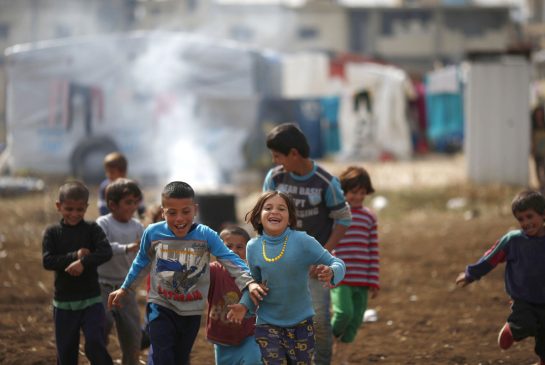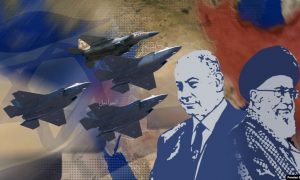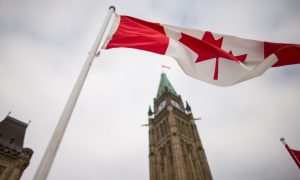
TDSB gets new pupils from Somalia, Tibet and more familiar not just with school but with the details North American childhood. |
By: Louise Brown | Toronto Star | December 02 2015 | When Paula Markus was teaching English to teenaged Somali refugees at Kipling Collegiate, she took them on a field trip that included a surprise detour to ride on swings.
“Just to see the joy on their faces when they were swinging or going down a slide — at 15, even 18 years old — was worth it,” said the veteran English as a Second Language co-ordinator for the Toronto District School Board. “They had never played in a playground before.”
When supporting young refugees like the wave of Syrians headed to Canada, it’s not just about catching up with school work, she said.

Liyat Mengistu, 16, who recently arrived from Ethiopia, attends a newcomer program for high school students at Georges Vanier secondary school. The school is preparing to assist many of the Syrian refugee students slated to arrive in the city.
It’s about catching up on the childhood so many of them lost, whether in Syria or Hungary, Vietnam, Somalia, Bosnia, Albania, Eritrea, Tibet or any other political hot spot from which Toronto schools have welcomed the displaced young.
“We try to expose them to some of the things kids who have had peaceful childhoods would have experienced — playing games, playing with toys, even doing simple crafts,” said Markus, one of a fleet of educators across the province preparing for a historic wave of young asylum-seekers.
In Toronto and its neighbouring school boards, the country’s largest landing pad for newcomers, officials are hungry for details — How many will come? Where will they live? — but their overall stance seems to be “bring it on.”
“We’ve done this before, and we’re set up,” said Markus. And seasoned ESL teachers know there may be gaps not just in curriculum, but in newcomers’grasp of the very concept of going to school.

Paula Markus, program co-ordinator for ESL with the Toronto District School Board, is one of a fleet of educators across the province scrambling to prepare for one of the largest waves of young asylum-seekers in recent memory.
“For some, we’re really teaching them how to Do School. We can’t assume they know about keeping notebooks and agendas, or gym class and gym equipment, or field trips, or that they need to call the school if they’re not coming in the morning; it may all be new,” said Markus.
It is Markus’ ESL team, together with settlement workers, interpreters and other teachers, who will assess the academic levels of incoming Syrian refugee teens at two special TDSB newcomer reception centres, then suggest which program and school best suits their needs. The reception centres also offer families advice and referrals for other needs.
“Students sometimes need support using scissors, papers and pencils — we often use extra-large pencils that aren’t as difficult to learn to hold,” said Susan Guarino, a guidance counsellor at the TDSB’s West End Newcomer Reception.

When supporting young refugees like the wave of Syrians headed to Canada, it’s not just about catching up with school work, it’s about catching up on the childhood so many of them have lost.
She decided to have a high school class with refugees make paper snowflakes one day for a quick activity, and because the skill of folding and cutting paper were so new, “it turned into this big project. But it was great because it’s all about learning to feel comfortable and interacting in a classroom.”
The TDSB has special LEAP (Literacy Enrichment Academic Program) classes for children whose schooling has been interrupted or non-existent — 19 in elementary schools and 11 in high schools, but Markus hopes the board will have the funding to create more when the refugees arrive. A number of high schools already offer courses adapted for ESL students. About two-thirds of Toronto high schools are semestered, which is better for refugees arriving mid-year, said Markus, because they won’t land halfway through yearlong courses.
Some parents also need orientation to Canadian schools, said Lori Rillie, a guidance counsellor at the Newcomer Reception Centre at Georges Vanier Secondary School in North York. “Many come from countries where a teacher doesn’t call parents unless there’s a problem, but here, we want parents and teachers to be involved,” said Rillie.
,
.
.
_______________________________
_____________________________________________________________________________________
Xafiiska Wararka Qaranimo Online | Mogadishu, Somalia
_____________________________________________________________________________________Advertisement
_____________________________________________________________________________________







